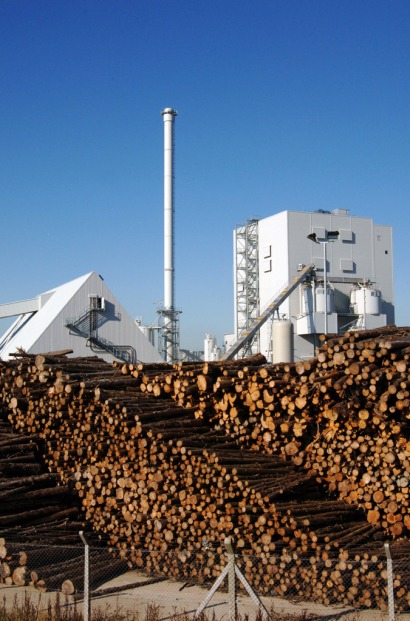
According to a written statement from the company, the volume of biomethane feed-in from the projects will allow over 8,000 homes to be supplied with renewable bio-gas annually.
By the end of 2012, the E.ON said, it will have spent almost €20 million these and similar projects.
Direct injection of biogas into natural gas networks is expected to open up new opportunities to the company for incorporating renewable energy sources.
With the aid of this technology, the biogas can be transported for use elsewhere at a later date. Until now the biogas always had to be used locally in small-scale cogeneration plants to produce heat and power there.
In Hamburg, 350 m³ of biomethane coming from Germany’s first sewage gas treatment plant will be fed into the network every hour.
At Gut Wotersen in Schleswig-Holstein, another 350 m³ of biogas will be available at the first biogas feed-in point in Schleswig-Holstein.
In addition, a 700 m³ plant is planned in Karft in Mecklenburg-Vorpommern, and another 350 m³ are to be supplied in Tangstedt/Bützberg near Hamburg.
As the biogas has a lower energy content than the natural gas in E.ON Hanse’s network, LPG has to be added to reach the required energy level. After adding an odorant to the biogas to give it the typical smell of natural gas for safety reasons, it is fed into the natural gas network via a compressor station.
For additional information:

